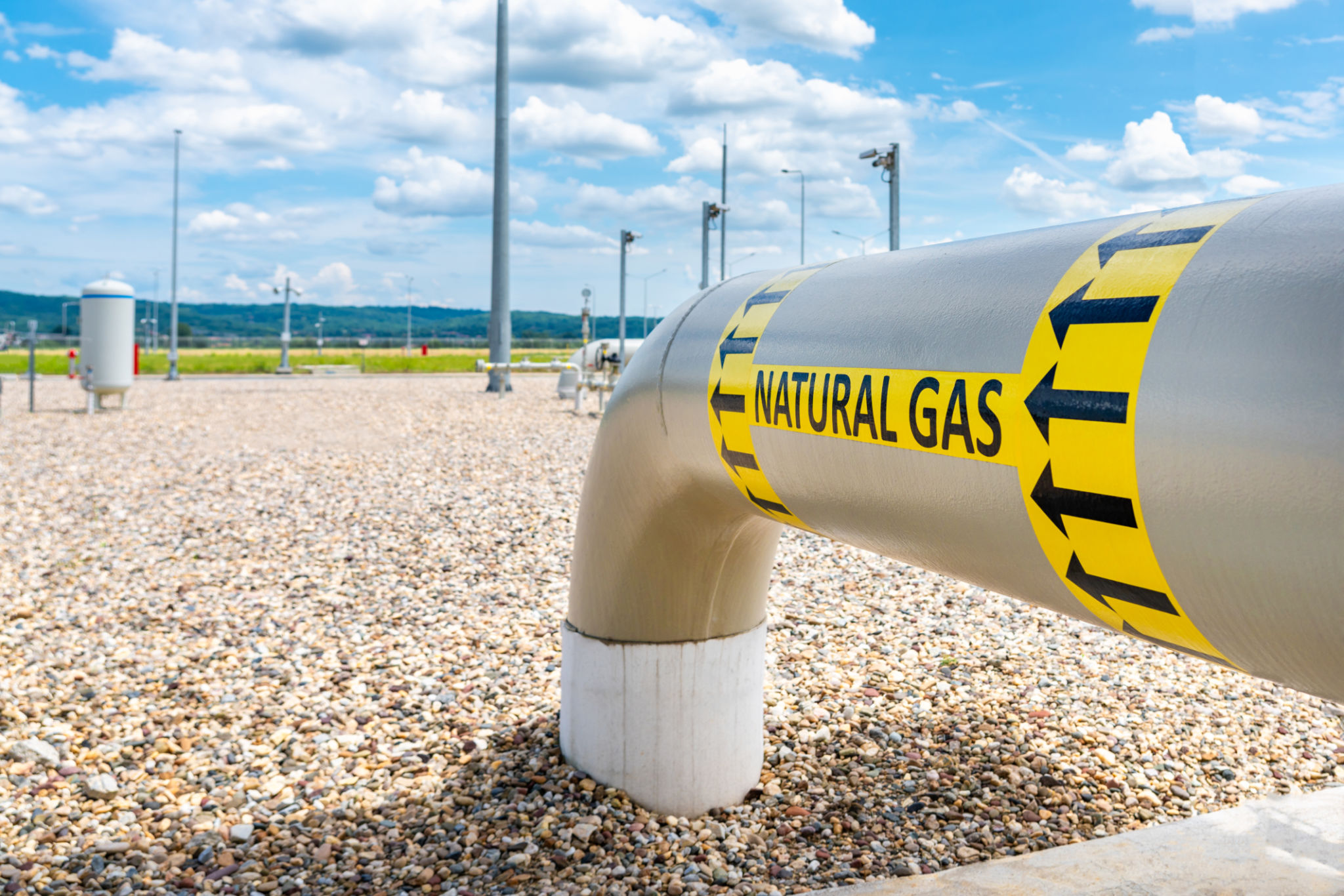How to Safely Handle and Store Industrial Gases
Understanding Industrial Gases
Industrial gases are critical components in a variety of industries, ranging from manufacturing to healthcare. These gases, which include oxygen, nitrogen, hydrogen, and carbon dioxide, among others, are used for applications such as welding, refrigeration, and as raw materials in chemical processes. However, due to their chemical properties and high pressure, they require careful handling and storage to ensure safety and efficiency.

Importance of Safety in Handling
Handling industrial gases safely is crucial to prevent accidents and ensure the well-being of employees. Gases under pressure can pose serious risks, including asphyxiation, fire hazards, and chemical burns. Therefore, it is important to implement proper safety measures and educate employees on the potential dangers associated with each type of gas.
One of the key practices is to always handle gas cylinders with care. This includes securing them properly during transport and ensuring that they are always upright. Moreover, personnel should be equipped with appropriate personal protective equipment (PPE) when dealing with these substances.
Proper Storage Techniques
Storing industrial gases correctly is as important as handling them. Cylinders should be stored in a well-ventilated area away from direct sunlight and sources of heat. This helps to prevent the buildup of pressure inside the cylinder, which could lead to dangerous ruptures or leaks.

Additionally, it is essential to separate different types of gases according to their properties. For example, flammable gases should be stored separately from oxidizing gases to prevent accidental reactions. Marking storage areas clearly with appropriate signage can aid in maintaining a safe environment.
Regular Inspection and Maintenance
Regular inspection and maintenance of gas cylinders and storage facilities are vital for safety. Conduct routine checks for leaks or signs of damage on cylinders and valves. Using soapy water is a simple yet effective method to detect leaks; bubbles will form at the site of a leak when the solution is applied.
- Inspect cylinders for rust or corrosion.
- Check valves and regulators for proper function.
- Ensure that safety devices are in place and operational.
Training and Emergency Preparedness
Training employees on the correct procedures for handling and storing industrial gases cannot be overstated. Training should cover not only routine handling but also emergency response actions. Employees should know how to react in case of a gas leak or other incidents, including evacuation routes and first aid procedures.

Having a comprehensive emergency plan in place is crucial. This plan should include contact information for local emergency services, procedures for shutting off gas supplies, and methods for handling specific types of gas-related incidents.
Conclusion
By following best practices for the safe handling and storage of industrial gases, companies can protect their workforce and facilities while ensuring uninterrupted operations. Remember, safety is a continuous process that involves education, vigilance, and adherence to established protocols. Investing in safety measures not only protects your business but also contributes to a safer working environment for everyone involved.
